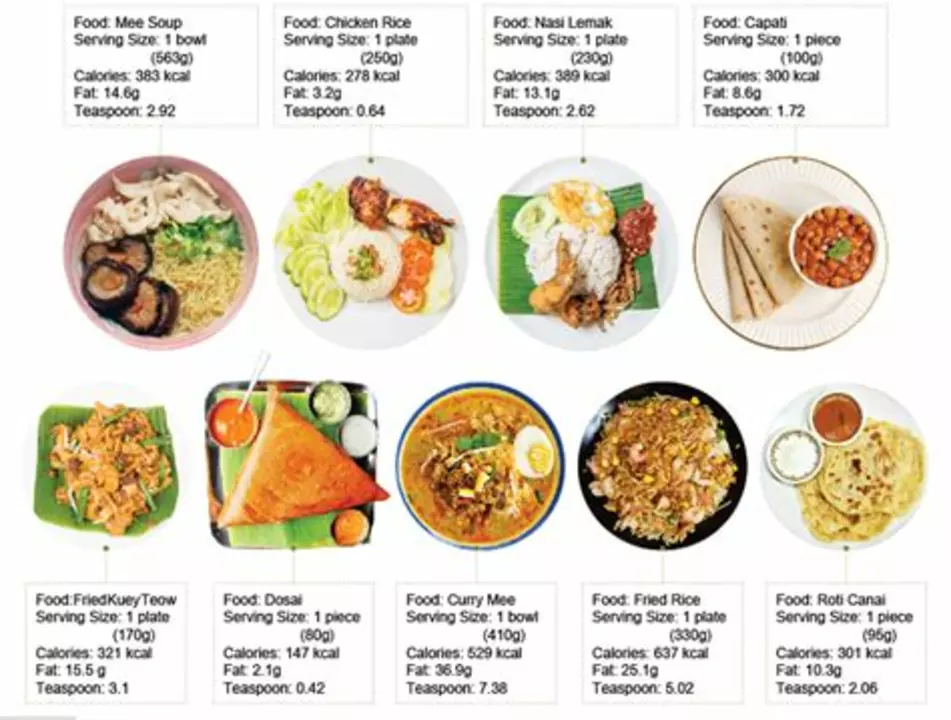Indian Food Made Simple: Recipes, Tips, and Must‑Try Dishes
If you’ve ever wondered why Indian food is so beloved worldwide, the answer lies in its bold spices, vibrant colors, and comfort‑filled flavors. Whether you’re a total beginner or someone who already loves a good biryani, this guide gives you the basics you need to start cooking Indian meals at home without the fuss.
Quick Starter Recipes for Busy Days
One of the best ways to dip your toes into Indian cooking is with dishes that need just a few ingredients and under 30 minutes of prep. Try a potato masala: peel and dice potatoes, toss them in turmeric, cumin, chili powder, and a splash of oil, then cook until golden. Serve it with naan or rice for a satisfying snack.
If you’re craving something saucy, whip up a tomato‑onion gravy. Sauté chopped onions and tomatoes, add ginger‑garlic paste, then sprinkle garam masala, coriander, and a pinch of sugar. Add boiled chickpeas or paneer for protein, and you’ve got a hearty vegetarian curry ready in no time.
Iconic Indian Dishes You Can Master
When it comes to classic Indian meals, a few stand out as household favorites. Butter chicken blends marinated chicken pieces with a creamy tomato sauce, finishing with a dollop of butter for richness. Pair it with basmati rice or soft rotis.
For a vegetarian crowd, palak paneer (spinach with cottage cheese) is a crowd‑pleaser. Blend fresh spinach with green chilies, ginger, and a little cream, then stir in cubed paneer. It’s nutritious, flavorful, and looks impressive on the plate.
Don’t forget street‑style snacks like pani puri or bhel puri. They’re cheap, crunchy, and burst with tangy tamarind water, potatoes, and chickpeas. You can assemble them quickly using ready‑made puris from an Asian grocery store.
Now that you have a list of go‑to recipes, here are a few practical tips to keep your Indian cooking on track:
- Stock the essentials: cumin, coriander, turmeric, garam masala, and chili powder cover most flavor bases.
- Use fresh ginger and garlic: they add depth that pre‑ground powders can’t match.
- Don’t skip the tempering: heating spices in oil before adding them to a dish releases their aroma and lifts the whole recipe.
- Adjust heat to taste: Indian food can be fiery or mild. Start with less chili, then add more if you like a kick.
Even if you’re short on time, these shortcuts let you enjoy authentic flavors without spending hours in the kitchen. A splash of yogurt or a sprinkle of fresh cilantro at the end can brighten any dish instantly.
Ready to impress friends or simply treat yourself to a comforting meal? Grab those spices, follow the quick recipes, and soon you’ll be cooking Indian food that tastes like it came from a bustling street market or a family kitchen in Delhi. Happy cooking!

Which Indian food has the highest calories?
Indian cuisine has a variety of dishes, each with its own distinct flavor and calorie count. Some of the highest calorie Indian dishes include Butter Chicken, Biryani, Samosas, Kulfi, and Gulab Jamun. Butter Chicken is a creamy and spicy dish made from chicken and tomato sauce and is a favorite among Indian food lovers. Biryani is a popular rice-based dish, often made with yogurt and spices, that packs in a lot of calories. Samosas, typically triangular pastries filled with either potatoes or meat, are deep-fried and can be very high in calories. Kulfi is a creamy dessert made from evaporated milk, sugar, and nuts. Finally, Gulab Jamun is a fried dough dessert made with milk powder and sugar that is extremely high in calories.
view more